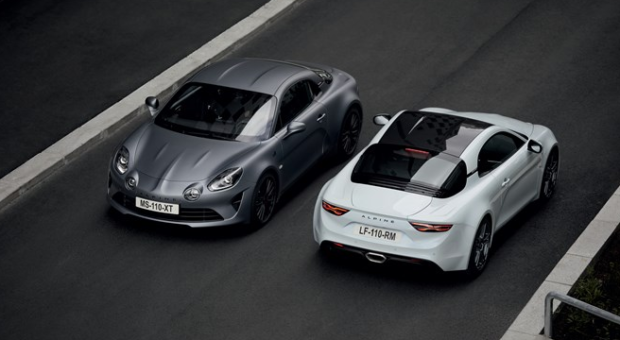
Introduction
Have you ever wondered how a car engine works? A car engine is a complex machine that converts fuel into energy to power the car. In this article, we will explain the basics of how a thermal car engine works in simple terms that kids can understand.
The Four Strokes
A car engine works using a process called the four-stroke cycle. This cycle involves four different strokes, or movements, of the engine’s pistons. The four strokes are:
- Intake Stroke: The first stroke is the intake stroke, where the piston moves down and the intake valve opens to let a mixture of fuel and air into the engine.
- Compression Stroke: The second stroke is the compression stroke, where the piston moves back up and compresses the fuel and air mixture.
- Power Stroke: The third stroke is the power stroke, where the fuel and air mixture is ignited by a spark plug, and the resulting explosion pushes the piston down, which turns the crankshaft and creates the energy that powers the car.
- Exhaust Stroke: The final stroke is the exhaust stroke, where the piston moves back up again, and the exhaust valve opens to let the waste gases out of the engine.
The Parts of an Engine
Now that we know how the four-stroke cycle works, let’s take a look at the parts of a car engine that make it all happen.
- Pistons: Pistons are cylindrical pieces of metal that fit inside the engine cylinders. They move up and down as the engine runs.
- Cylinders: Cylinders are the long, tube-like parts of the engine where the pistons move up and down.
- Crankshaft: The crankshaft is the part of the engine that converts the energy created by the pistons into rotational energy that powers the car.
- Camshaft: The camshaft is a long rod with several lobes that operates the valves in the engine.
- Valves: Valves are small metal doors that control the flow of air and fuel in and out of the engine.
- Spark Plugs: Spark plugs are small devices that create a spark to ignite the fuel and air mixture in the engine.
The Fuel System
To power the engine, a car needs fuel. The fuel system is responsible for delivering fuel to the engine. The fuel system includes the following parts:
- Fuel Tank: The fuel tank is where the car stores its fuel.
- Fuel Pump: The fuel pump is responsible for pumping fuel from the tank to the engine.
- Fuel Injectors: Fuel injectors are small nozzles that spray fuel into the engine’s cylinders.
Conclusion
In conclusion, a car engine is a complex machine that converts fuel into energy to power the car. It works using a four-stroke cycle, which involves four different strokes of the engine’s pistons. The parts of the engine that make it all happen include the pistons, cylinders, crankshaft, camshaft, valves, and spark plugs. The fuel system is responsible for delivering fuel to the engine and includes the fuel tank, fuel pump, and fuel injectors. With this basic understanding of how a car engine works, you can appreciate the incredible engineering that goes into making your car run smoothly.
















